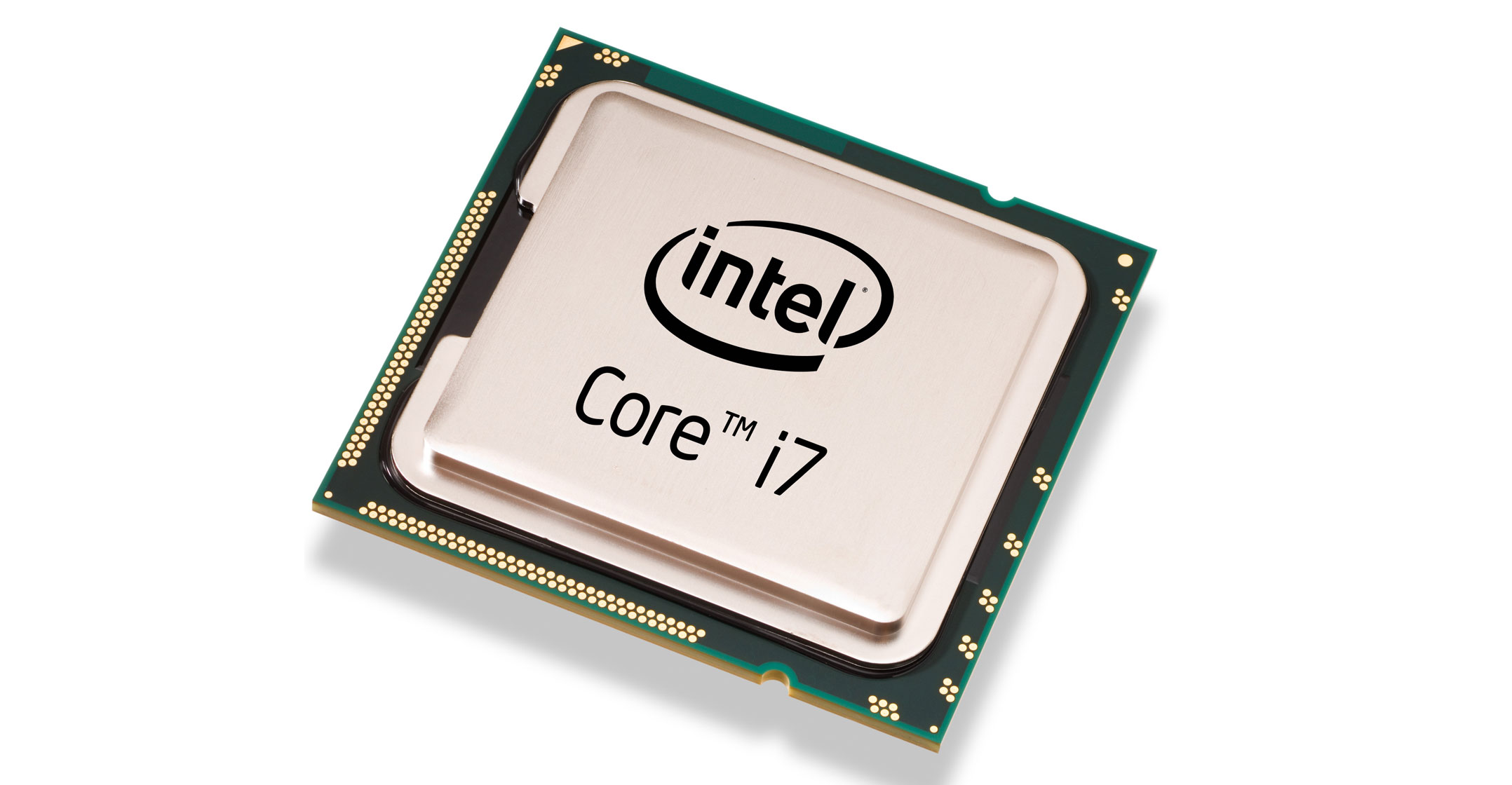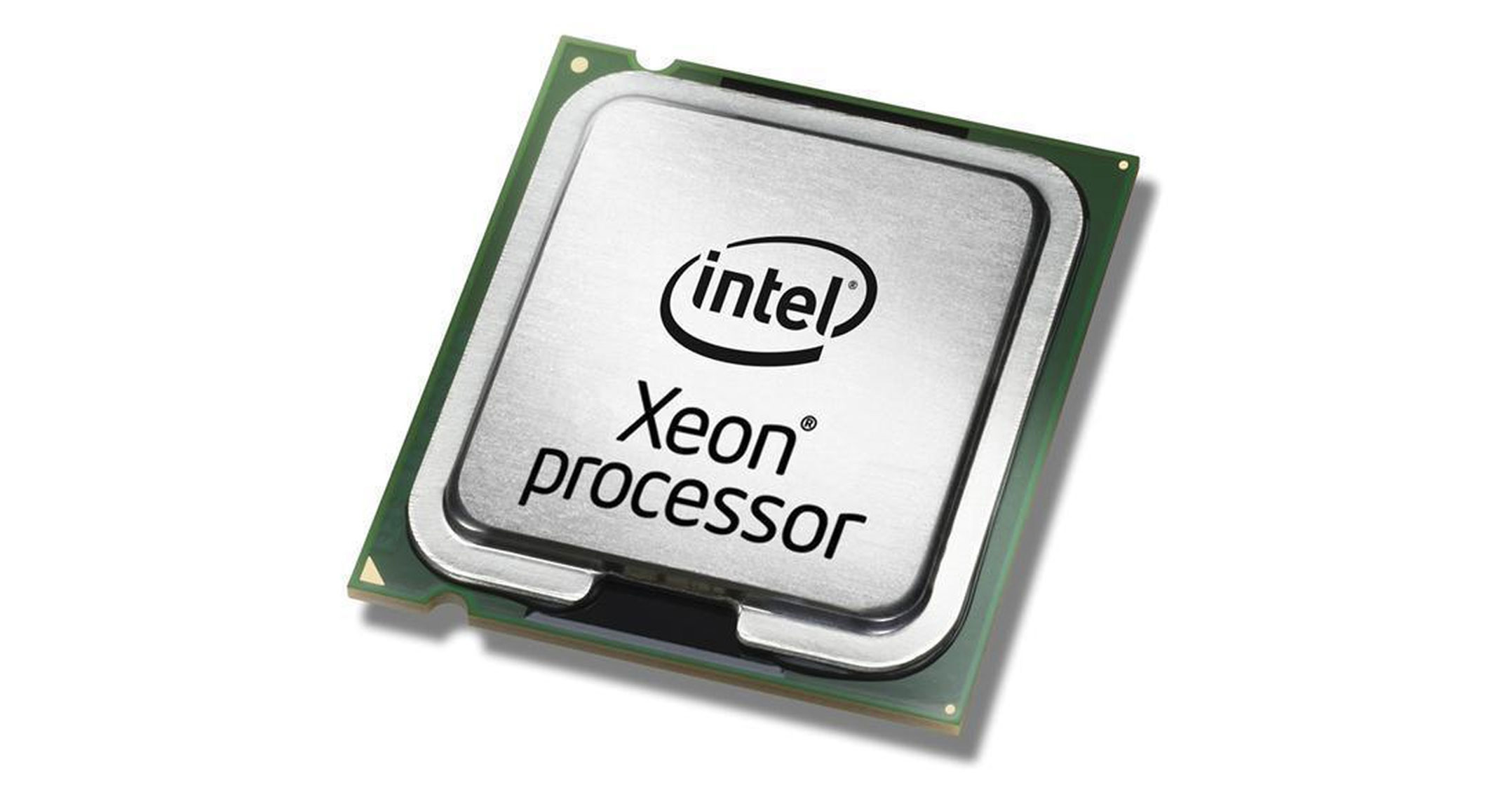
Intel on Thursday reported that margins tumbled in the latest quarter as consumers bought cheaper laptops and pandemic-stricken businesses and governments clamped down on data centre spending, news that sent its shares down 10%.
Intel, the dominant provider of processor chips for PCs and data centres, has struggled with manufacturing delays. In July, it said its next generation of chip-making technology was six months behind schedule.
Chip sales are booming, but customers want lower-priced chips rather than Intel’s pricier, high-performance offerings, dragging down overall gross margins.
The pandemic has given Intel a boost in the form or surging laptop sales as employees and students work and learn from home. Sales in its PC group were US$9.8-billion, beating analyst estimates of $9.09-billion, according to FactSet.
But Intel sold a higher volume of less-profitable chips in its PC business, driving operating margins down to 36% in the third quarter from 44% a year earlier.
“You’re seeing the demand shift from desktops and higher-end enterprise PCs to the entry-level consumer and education PCs,” chief financial officer George Davis said in an interview. “Even though the volume is good, your (average selling prices) are coming down, so that impacts your gross margins a little bit.”
Data centre pressure
Davis said a similar dynamic hit the data centre business, where spending by government and business customers plummeted 47% after two quarters of growth and operating margins dropped from 49% to 32%. Revenue from Intel’s data centre business fell 7% to $5.9-billion in the reported quarter versus analyst estimates of $6.21-billion, according to FactSet.
While cloud computing customers and operators of 5G networks helped make up for some of the shortfall, those chips are lower priced, Davis said. “The main issue for Intel moving into 2021 remains gross margin pressure and further deterioration of its leadership position due to its process node road map delays,” KinNgai Chan, analyst with Summit Insights Group.
Intel faces a challenge from rivals such as AMD and Nvidia. Those competitors use outside manufacturers and have capitalised on Intel’s woes to gain market share in both data centres and PCs, with AMD in particular hitting its highest market share since 2013 earlier this year.
 Intel, however, said a 10nm chip factory in Arizona had reached full production capacity and that it now expects to ship 30% higher 10nm product volumes in 2020 compared to January expectations.
Intel, however, said a 10nm chip factory in Arizona had reached full production capacity and that it now expects to ship 30% higher 10nm product volumes in 2020 compared to January expectations.
Excluding items, it earned $1.11/share, in line with estimates, according to IBES data from Refinitiv. The company said it was expecting fourth quarter revenue of about $17.4-billion, while analysts were expecting revenue of $17.36-billion.
Earlier this week, Intel said it would sell a money-losing commodity memory chip business to Korea’s SK Hynix in a $9-billion all-cash deal, with Intel hanging on to a more advanced memory chip unit and using the cash to invest in other products.
The company also said it started a $10-billion share repurchase programme in August.
“Its stock is trading at 10 times earnings and looks cheap,” said Patrick Moorhead, principal analyst Moor Insights & Strategy. — Reported by Munsif Vengattil, Ayanti Bera and Stephen Nellis, (c) 2020 Reuters

